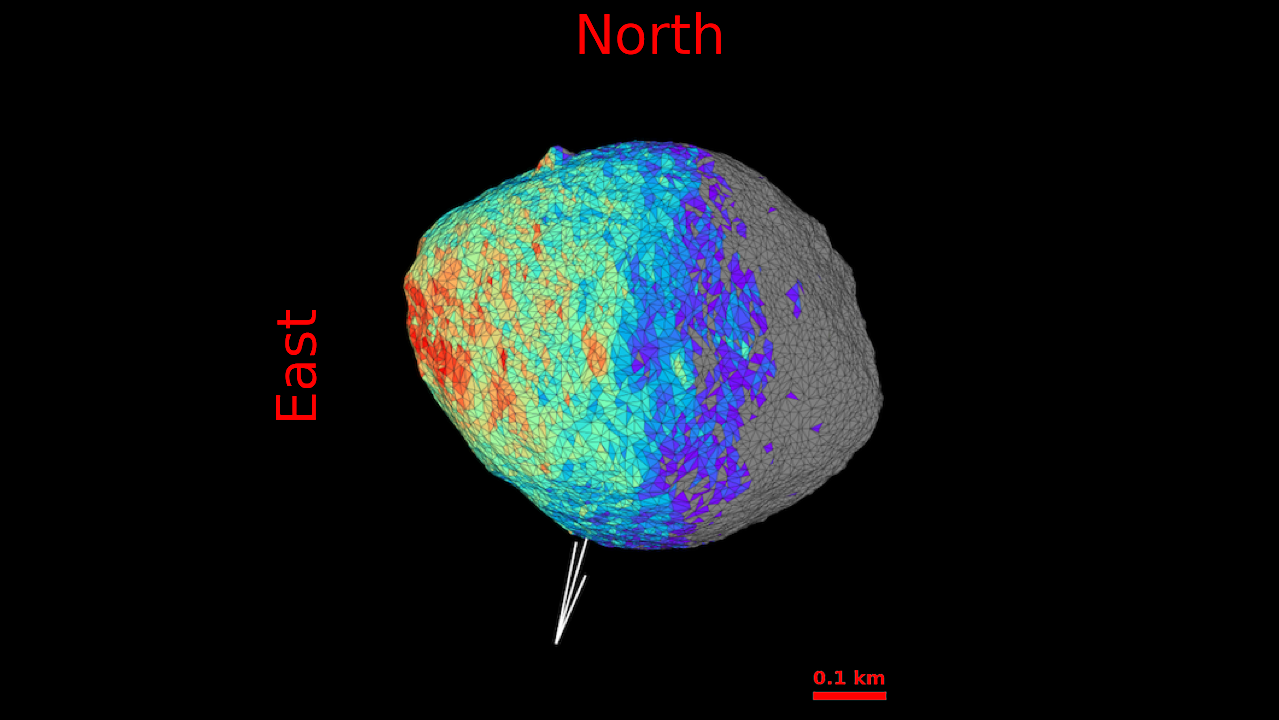Researchers have launched a groundbreaking web-based application designed to simulate the rotational light curves of small, airless bodies within the Solar System. This innovative tool allows users to define various geometrical and physical conditions, enhancing the study of these celestial objects.
The application integrates both physical and empirical photometric models, enabling users to input custom shape models, surface properties, and viewing geometries. A notable feature of the tool is its dedicated module that computes projected silhouettes during stellar occultations, facilitating direct comparison with observed data. This capability is particularly valuable for researchers analyzing the light curves of asteroids and other small Solar System entities.
Developed by a team including researchers J. L. Rizos, J. L. Ortiz, P. J. Gutierrez, I. M. Navajas, and L. M. Lara, the application is built using Python and Django. The team validated the tool with well-characterized targets such as (136108) Haumea, (101955) Bennu, and (433) Eros. Their findings demonstrated an excellent agreement between the synthetic light curves and silhouettes generated by the tool and those observed in real-world scenarios.
Enhanced Features and Applications
Beyond standard light curve simulations, the tool offers flexibility for various scenarios. It accommodates surface heterogeneity, non-principal axis rotation—often referred to as tumbling—and phase-angle effects. These features allow researchers to explore complex dynamics and characteristics of small Solar System bodies that were previously challenging to analyze.
The accessibility of this platform makes it a powerful resource for interpreting photometric data. It supports ongoing observation campaigns and aids in planning for future missions aimed at exploring these fascinating celestial bodies. The potential for collaborative use among scientists and students alike marks a significant advancement in the field of astrophysics.
The application is available for use by the wider scientific community. Researchers interested in utilizing the tool can find more information and access it at the designated online platform. As the field of Earth and Planetary Astrophysics continues to evolve, tools like this one are essential for enhancing our understanding of the Solar System and its myriad components.
For further details about the application and its development, the original research can be cited as: arXiv:2510.03192 [astro-ph.EP]. The submission history shows the initial version was uploaded on October 3, 2025, followed by an updated version on October 8, 2025.
